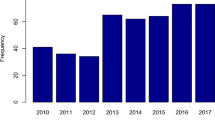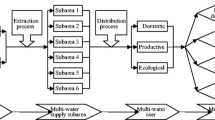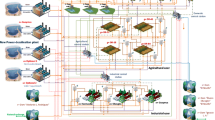Abstract
In this work we present a solution procedure for multiperiod water resources system planning, where the aim is to obtain the optimal policy for water resources utilization under uncertainty. The target levels to be achieved are related to the following parameters: reservoir capacity, hydropower demand and other demand uses for urban, industrial, irrigation, ecological and other purposes. The approach allows for the conjunctive use of surface systems together with groundwater. The hydrological exogenous inflow and demand of different kinds are considered via a scenario analysis scheme due to the uncertainty of the parameters. So, a multistage scenario tree is generated and, through the use of full recourse techniques, an implementable solution is obtained for each scenario group at each stage along the planning horizon. A novel scheme is presented for modeling the constraints to preserve the reserved stored water in (directly and non-directly) upstream reservoirs to satisfy potential future needs in demand centers at given time periods. An algorithmic framework based on augmented Lagrangian decomposition is presented. Computational experience is reported for the deterministic case.
Similar content being viewed by others
Author information
Authors and Affiliations
Rights and permissions
About this article
Cite this article
Escudero, L. WARSYP: a robust modeling approach for water resources system planning under uncertainty. Annals of Operations Research 95, 313–339 (2000). https://doi.org/10.1023/A:1018926829763
Issue Date:
DOI: https://doi.org/10.1023/A:1018926829763




